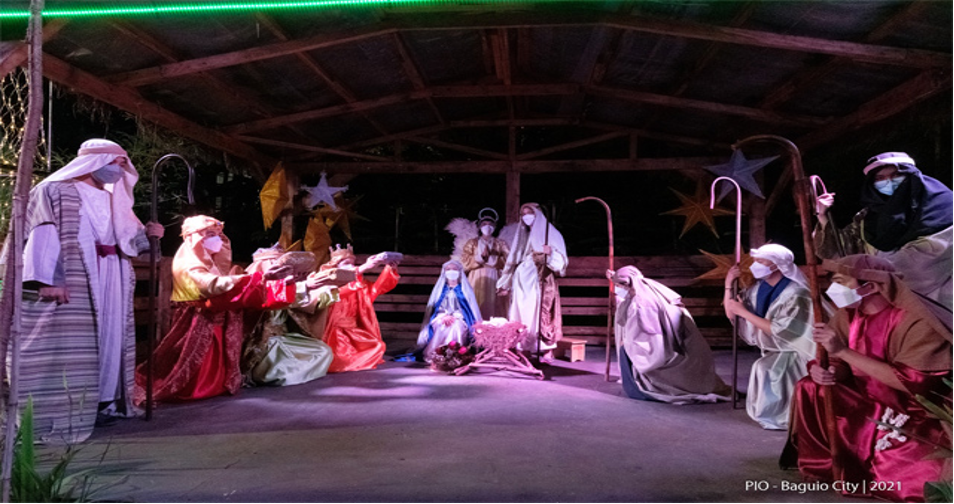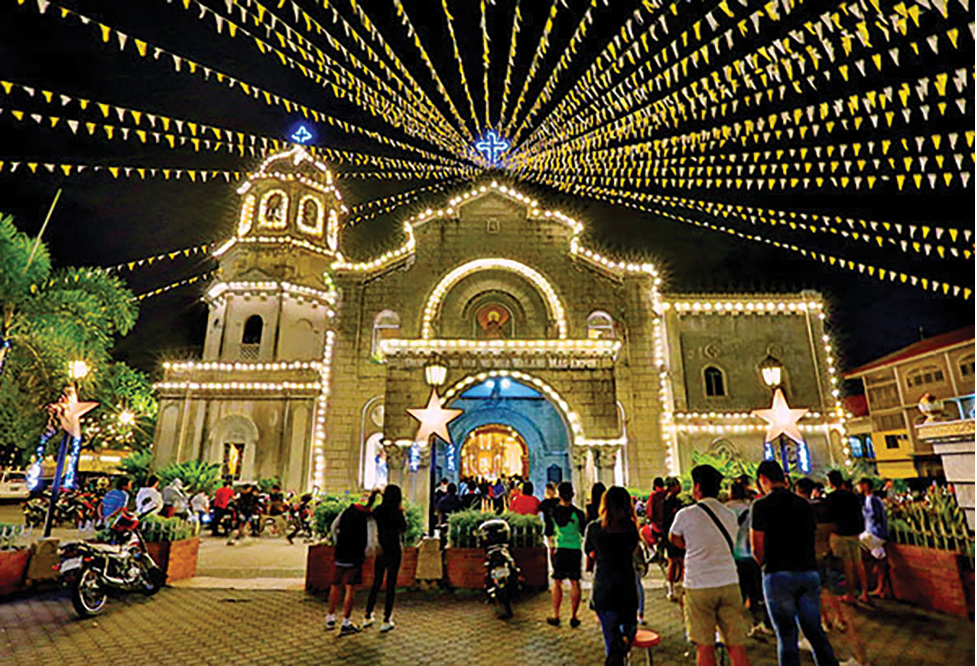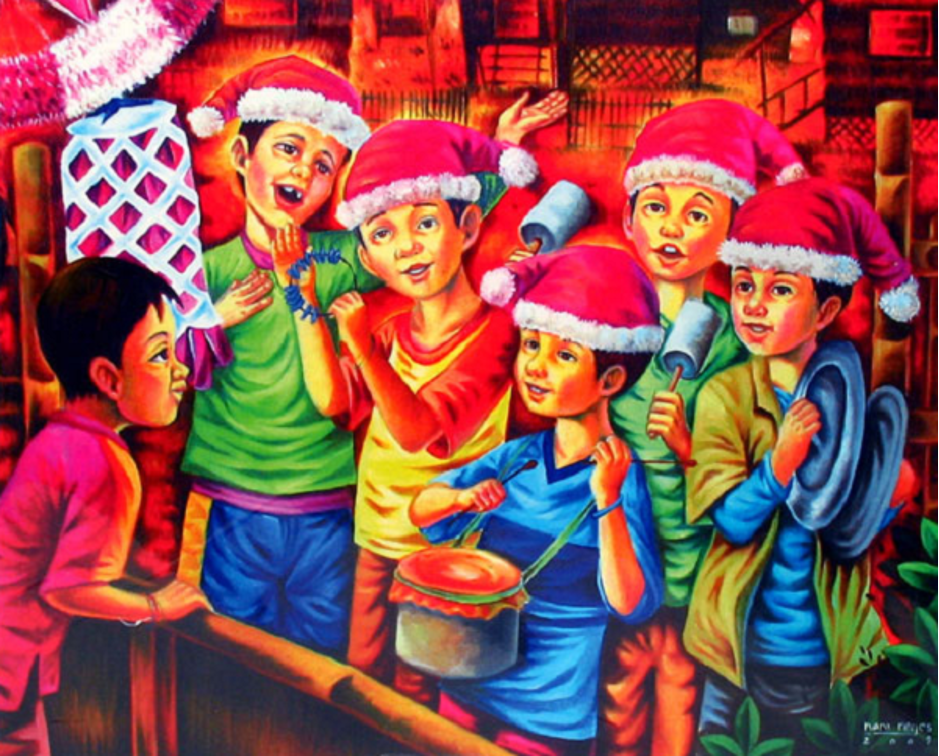Culture and traditions get passed on from one generation to another. The fast-changing world may have challenged the relevance of some, but many Filipino customs and traditions are still alive and continuously observed in forms and ways that fit into how we live our lives now. Like the clothes we outgrow, we only let go and replace them with the best fit. The essence of why we wear them stays on.
From the unique Filipino tradition of Bayanihan to our Fiestas, there is no denying that Filipinos sure know how to showcase oneness in our celebrations. Our love for celebrating is rooted in our culture as happy people. Despite the hardships in life, numerous typhoons in a year, or even the current pandemic, we never cease to find ways to smile and put on a smile on other people’s faces.
If anyone needs further convincing, lalayo pa ba tayo? One of our best traditions is celebrating the Christmas season at the start of the -ber months, and it doesn’t end there. Paskong Pinoy is indeed one of a kind because it grounds us back to who we are as people—happy, warm, devout, and cheerful givers. From Simbang Gabi to ending the Yuletide season in January, Christmas in the Philippines is filled with customs and traditions that will never be outdated.
Christmas decorations anywhere, everywhere

Even before September arrives, we can already see many establishments, popular recreational spots, and houses preparing for the season. From street posts to buildings in the country’s business districts, adorning them with Christmas decors marks the start of our celebration. Over the past few years, many places in the country have become more creative in exuding a festive vibe; light shows, towering Christmas trees, dancing fountains, and gardens filled with colorful lights and paroles.

The Ayala Central Business District is one of the go-to places during the Christmas season. Your eyes will be treated with colorful lights, wonderous decorations, Christmas ornaments, and skyscrapers seemingly playing dress-up. There is always something that will make you smile anywhere you look along the long stretch of the avenue during the Christmas season.
Setting up a Belen

When we hear the word “Christmas”, one of the most common symbols we associate it with is the Christmas tree. But another tradition that Filipinos observe is setting up a Belen. In any Christian household, you will almost always see a Belen set up underneath the Christmas tree or elsewhere within the house. It may not be uniquely Filipino, but this tradition encapsulates our humble way of remembering what Christmas truly means.

In Greenhills, San Juan, another reason people love shopping here is the Christmas Village Bazaar. They used to set up larger-than-life Belen, complete with the narration of the nativity. Up north, in the country’s Summer Capital, Baguio, they also set up their own Christmas Village. But instead of moving statues, the employees of the Baguio Country Club would dress up to act the Nativity story which serves as the top tourist attraction’s highlight.


Simbang Gabi

Another Filipino Christmas tradition that many of us look forward to is Simbang Gabi. We were taught when we were younger that our wishes will be granted if we complete the nine dawn masses leading up to Christmas. The tradition starts at midnight on the 16th of December and ends on the 24th with a midnight mass.

Right after attending the masses, as soon as you step out of the church, stalls selling Puto Bumbong and hot Bibingka will welcome you. This is perhaps one of the season’s purest and most joyous moments. The sight of people enjoying their time with friends and families is a perfect picture of why Christmas is the most wonderful time of the year. As the church bell rings, the Christmas lights flicker to the tune of Christmas carols, and the colorful parols sway as the early morning breeze touches our skin—without a doubt, it is a moment that never fails to bring out the best feelings in the world.
House-to-House Caroling

Speaking of Christmas Carols, Caroling is another Filipino tradition that is sadly slowly vanishing. Except maybe for those born in the 00s onwards, you will understand when we say knowing how to sing is just one part of the preparation. Collecting tansan as our improvised bells, ice cream plastic tubs, or lata ng Pineapple Juice as our tambol are also necessary before you can step out and roam around the streets to go on house-to-house caroling. If you are feeling a little extra, you can even create a choreography if you want that extra dough.
Oh, the sheer joy to watch overly committed kids sing Filipino Christmas carols matched with a little bit of dance steps. Some even scout the neighborhood to avoid dogs for obvious reasons. Clever kids.

There are more Filipino Christmas traditions that we still observe to this day. There is Misa de Gallo, Monito-Monita, and Aguinaldo. All these traditions point toward the core of what it is like to be a Filipino during Christmas. Full of warmth, filled with peace and generosity, and nothing short of merry feelings. Perhaps, if you need reminding, the Christmas season is the best aide-memoire of why masarap maging Pinoy!


